
The Dean Cemetery is a historically important Victorian cemetery north of the Dean Village, west of Edinburgh city centre, in Scotland. It lies between Queensferry Road and the Water of Leith, bounded on its east side by Dean Path and on its west by the Dean Gallery. A 20th-century extension lies detached from the main cemetery to the north of Ravelston Terrace. The main cemetery is accessible through the main gate on its east side, through a "grace and favour" access door from the grounds of Dean Gallery and from Ravelston Terrace. The modern extension is only accessible at the junction of Dean Path and Queensferry Road.

Thomas Hamilton was a Scottish architect, based in Edinburgh where he designed many of that city's prominent buildings. Born in Glasgow, his works include: the Burns Monument in Alloway; the Royal High School on the south side of Calton Hill ; the Royal College of Physicians of Edinburgh; the George IV Bridge, which spans the Cowgate; the Dean Orphan Hospital, now the Dean Gallery; the New North Road Free Church, now the Bedlam Theatre; Cumstoun, a private house in Dumfries and Galloway; and the Scottish Political Martyrs' Monument in Old Calton Cemetery, Edinburgh.
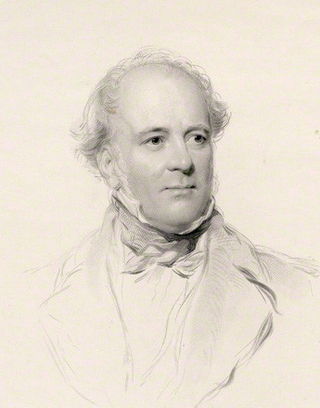
Andrew Rutherfurd, Lord Rutherfurd, was a Scottish advocate, judge and politician.
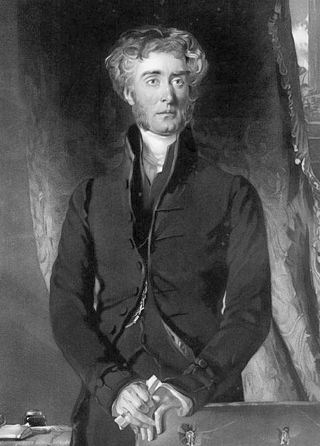
Duncan McNeill, 1st Baron Colonsay FRSE was a Scottish advocate, judge and Tory politician. He was Lord Justice General and Lord President of the Court of Session between 1852 and 1867.
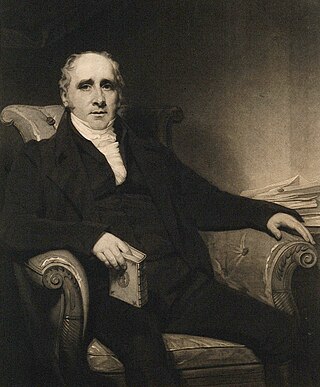
Thomas Charles Hope was a Scottish physician, chemist and lecturer. He proved the existence of the element strontium, and gave his name to Hope's Experiment, which shows that water reaches its maximum density at 4 °C (39 °F).
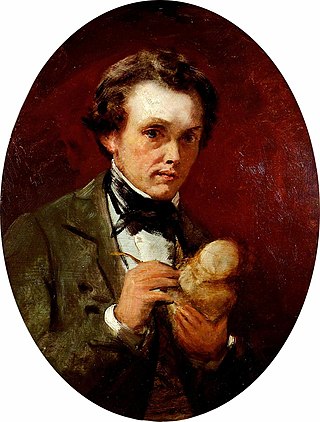
William Brodie was a Scottish sculptor who worked in Edinburgh.

John Miller of Leithen FRSE MICE DL was a Scottish civil engineer and Liberal Party politician. Together with Thomas Grainger, he formed the influential engineering firm Grainger and Miller, specialising in railway viaducts.

Greyfriars Kirkyard is the graveyard surrounding Greyfriars Kirk in Edinburgh, Scotland. It is located at the southern edge of the Old Town, adjacent to George Heriot's School. Burials have been taking place since the late 16th century, and a number of notable Edinburgh residents are interred at Greyfriars. The Kirkyard is operated by the City of Edinburgh Council in liaison with a charitable trust, which is linked to but separate from the church. The Kirkyard and its monuments are protected as a category A listed building.
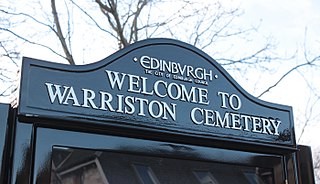
Warriston Cemetery is a cemetery in Edinburgh. It lies in Warriston, one of the northern suburbs of Edinburgh, Scotland. It was built by the then newly-formed Edinburgh Cemetery Company, and occupies around 14 acres (5.7 ha) of land on a slightly sloping site. It contains many tens of thousands of graves, including notable Victorian and Edwardian figures, the most eminent being the physician Sir James Young Simpson.

Sir Henry Jardine of Harwood WS FRSE was a solicitor, antiquarian and a founder member of the Bannatyne Club in 1823, with his friend Sir Walter Scott.
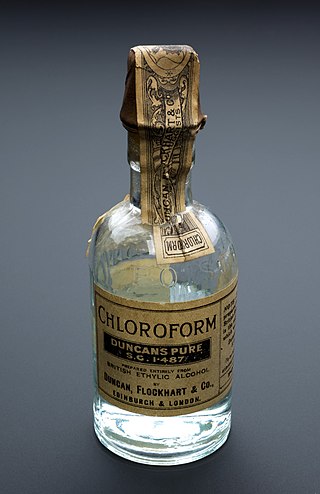
James Duncan FRSE FRCS FRCSE was a Scottish surgeon and manufacturing chemist responsible for much of the British supply of chloroform in the mid-19th century. From 1839 to 1866 he was Director of Duncan Flockhart & Co one of Scotland’s largest chemical manufacturers.

Sir James Forrest, 1st Baronet of Comiston FRSE (1780-1860) was a Scottish baronet and Whig politician who served as Lord Provost of Edinburgh 1837–1843. The family crest is three oak trees. Forrest Road in Edinburgh is named in his honour.
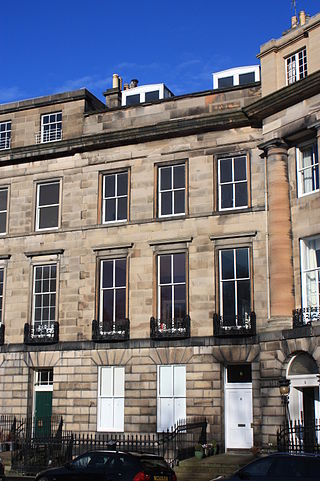
John Learmonth of Dean, DL FRSE was Lord Provost of Edinburgh from 1831 to 1833. He was co-funder of the Dean Bridge project in western Edinburgh and gives his name to many of the streets in Comely Bank, the district to the north-west of the bridge. He was a Tory politician and also chairman of the Edinburgh and Glasgow Railway Company.

Sir Thomas Hutchison was a Scottish landowner and politician. He served as Lord Provost of Edinburgh from 1921 to 1923.
James Pringle FRSE FRSGS (1822–1886) was a Scottish rope manufacturer who served as Provost of Leith 1881 until 1886.
Alexander Kincaid Mackenzie (1768–1830) was a 19th-century Scottish merchant who served as Lord Provost of Edinburgh from 1817 to 1819.
Alexander Henderson of Press (c.1770–1826) was an 18th–19th century Scottish nurseryman and seed merchant, who was first Chairman of the National Bank of Scotland and Lord Provost of Edinburgh from 1823 to 1825.
William Trotter of Ballindean JP DL (1772–1833) was a Scottish cabinet-maker who served as Lord Provost of Edinburgh from 1825 to 1827.
Sir William Slater Brown (1844–1917) was an early 20th century Scottish businessman who served as Lord Provost of Edinburgh from 1909 to 1912.















